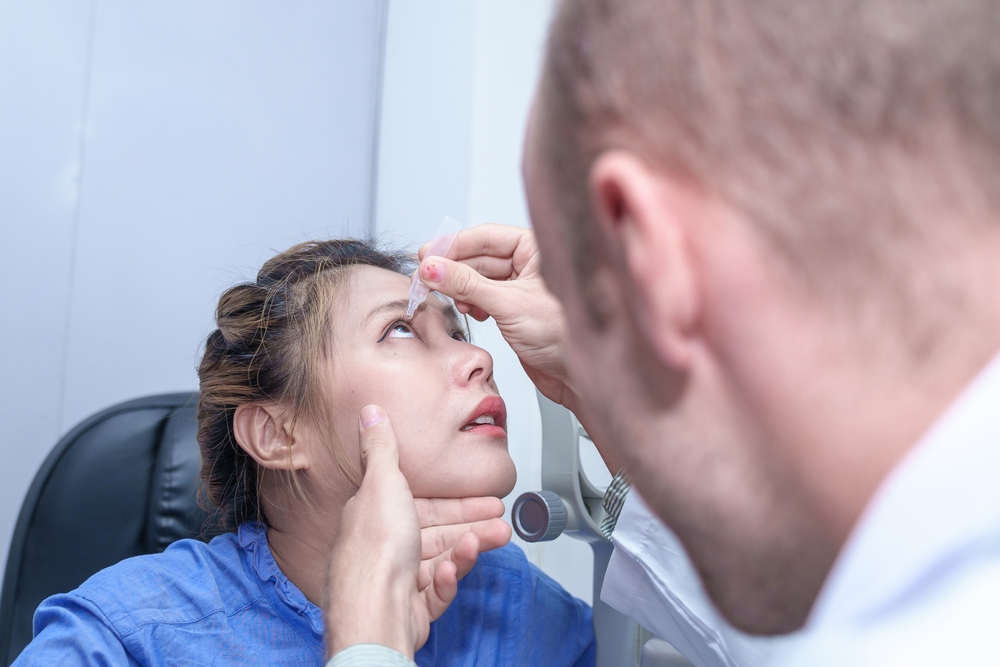
Dry eye is a common and often chronic condition that affects millions of people worldwide. It occurs when the eyes do not produce enough tears or when the tears evaporate too quickly, leading to discomfort, irritation, and vision problems. The causes of dry eye can be multifaceted, ranging from environmental factors to underlying medical conditions.
What Causes Dry Eye?
One of the primary causes of dry eye is meibomian gland dysfunction (MGD). The meibomian glands are responsible for producing the oily layer of the tear film, which helps prevent the tears from evaporating too quickly. When these glands become blocked or dysfunctional, the tear film becomes unstable, leading to dry eye symptoms.
Other potential causes of dry eye include:
- Age-related changes in tear production
- Certain medications, such as antihistamines, antidepressants, and blood pressure medications
- Environmental factors, such as prolonged screen time, air conditioning, and low humidity
- Underlying medical conditions, such as Sjögren's syndrome, rheumatoid arthritis, and diabetes
- Hormonal changes, such as those experienced during pregnancy or menopause
Understanding the underlying causes of your dry eye is essential in developing an effective treatment plan.
Common Symptoms of Dry Eye
Dry eye can manifest in a variety of symptoms, ranging from mild discomfort to severe vision-impairing issues. Some of the most common symptoms of dry eye include:
- Burning, stinging, or irritated eyes
- Redness or inflammation
- Sensitivity to light or wind
- Blurred or fluctuating vision
- Increased eye fatigue or discomfort
- Feeling of a foreign object in the eye
- Excessive tearing or watery eyes
- Difficulty wearing contact lenses
- Trouble with nighttime driving
- Persistent eye dryness or grittiness
Exploring OptiLight Therapy
OptiLight therapy, also known as intense pulsed light (IPL) therapy, is a non-invasive treatment option that has been gaining popularity in the management of dry eye. This innovative approach uses controlled pulses of light to target and address the underlying causes of dry eye, particularly meibomian gland dysfunction.
The OptiLight device emits a specific wavelength of light that is absorbed by the hemoglobin in the blood vessels around the eyes. This targeted light energy helps to:
- Improve the flow of meibum (the oily secretion from the meibomian glands)
- Reduce inflammation in the eyelids and surrounding tissues
- Unblock the meibomian glands, allowing for better tear film stability
Studies have shown that OptiLight therapy can be an effective treatment for dry eye, particularly in cases where meibomian gland dysfunction is a contributing factor. Patients who have undergone OptiLight therapy have reported improvements in their dry eye symptoms, such as reduced eye irritation, increased tear production, and better visual clarity.
Can OptiLight Therapy be Combined with Other Dry Eye Treatments?
One of the key advantages of OptiLight therapy is its ability to be combined with other dry eye treatments to create a comprehensive and personalized approach to managing your condition. Your optometrist may recommend a combination of treatments based on the specific needs and underlying causes of your dry eye. Some of the treatments that can be effectively combined with OptiLight therapy include:
- Topical eye drops or ointments: These can help to supplement tear production, reduce inflammation, and provide lubrication to the eyes.
- Oral supplements: Certain vitamins and omega-3 fatty acids can help to improve the quality and production of tears.
- Meibomian gland expression: This manual technique can help to unblock the meibomian glands and improve the flow of meibum.
- Lid hygiene: Proper eyelid cleaning and warm compresses can help to maintain the health of the meibomian glands.
- Environmental modifications: Adjusting factors like humidity, air circulation, and screen time can help to minimize dry eye triggers.
By combining OptiLight therapy with other proven dry eye treatments, your optometrist can create a personalized treatment plan that addresses the root causes of your condition and provides you with the best possible relief and long-term management.
Finding the Right Combination of Treatments for Your Dry Eye
Dry eye is a complex and multifaceted condition that requires a personalized approach to management. While OptiLight therapy has shown promise as an effective treatment option, particularly in cases where meibomian gland dysfunction is a contributing factor, it is often most effective when combined with other dry eye treatments.
Your optometrist plays a crucial role in identifying the underlying causes of your dry eye and developing a comprehensive treatment plan that addresses your specific needs. By working closely with your optometrist, you can explore a variety of treatment options, including OptiLight therapy, topical eye drops, oral supplements, meibomian gland expression, and environmental modifications, to find the right combination that provides you with long-term relief and improved eye health.
If you're struggling with persistent dry eye symptoms, schedule an appointment with Ohana Eye Care. We can help you explore the latest treatment options, including OptiLight therapy, and develop a personalized plan to address the root causes of your condition. Visit our office in Peoria, Arizona, or call (623) 583-8388 to book an appointment today.








